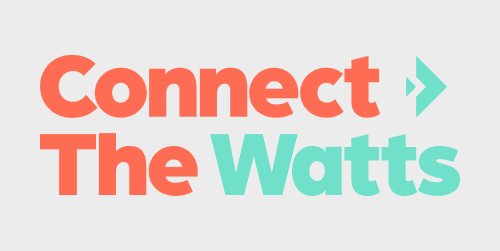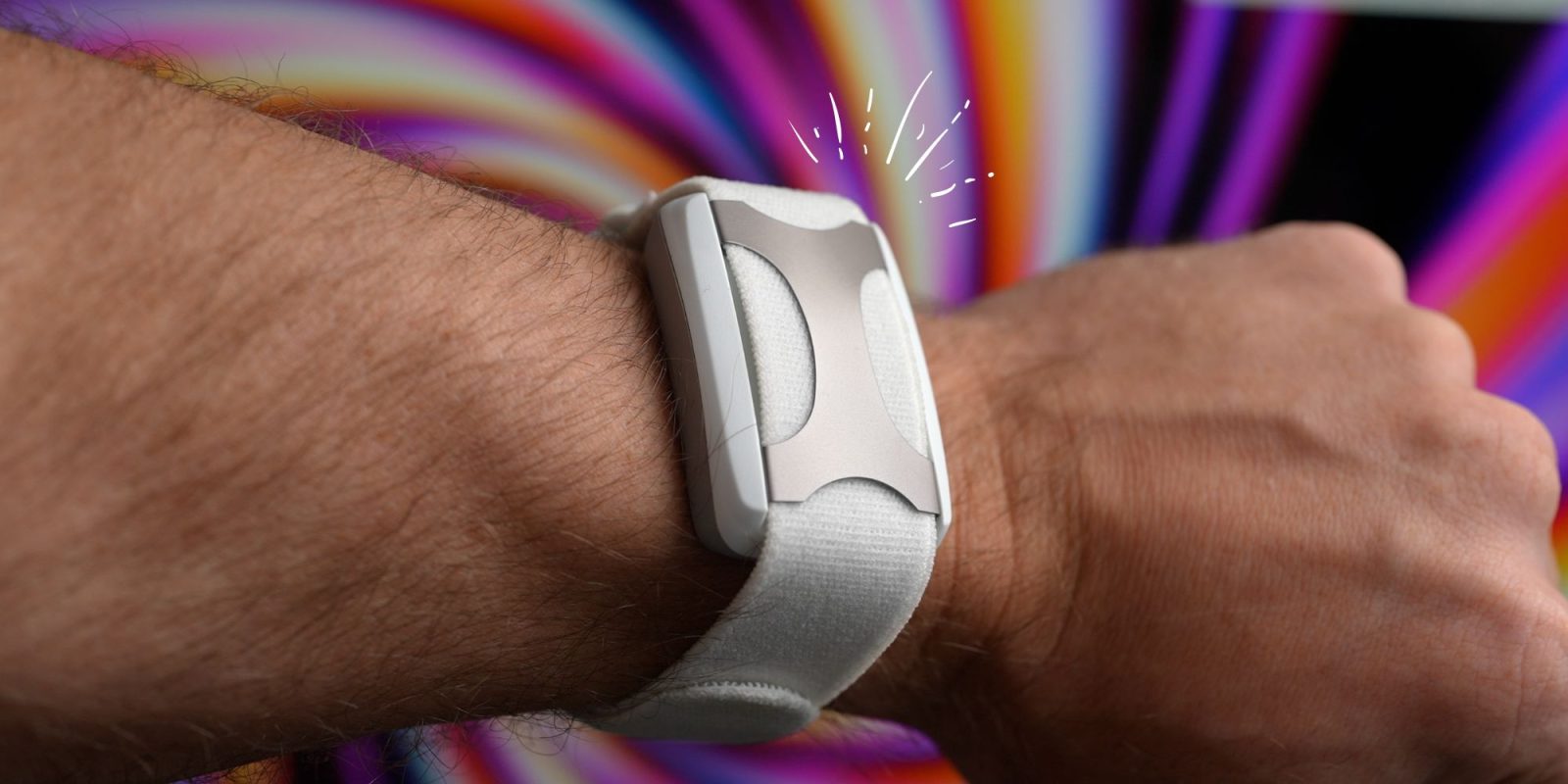
Apollo Neuro is unlike any device I’ve ever used. While most wearables track your health, this one is designed to actually make you healthier.
Apollo Neuro does this through the use of vibrational feedback. The idea being that this increases the parasympathetic branch of your nervous system to help lower stress, improve sleep, and increase recovery.
The question, of course, is: Does it actually work?
Table of contents
Apollo Neuro review [Video]
Subscribe to Connect The Watts for more connected fitness news, updates, tips, and guides
Apollo Neuro Design
Apollo Neuro is mostly plastic with a metal clip that holds the Velcro strap in place. While it feels comfortable to wear, the way it looks leaves a lot to be desired. When worn on the lower leg, it gives an “I’m on house arrest” vibe; when it’s on the arm, it looks absurdly large and out of place.
The Velcro strap can be replaced and is pretty easy to take off and on should you want to alternate colors.
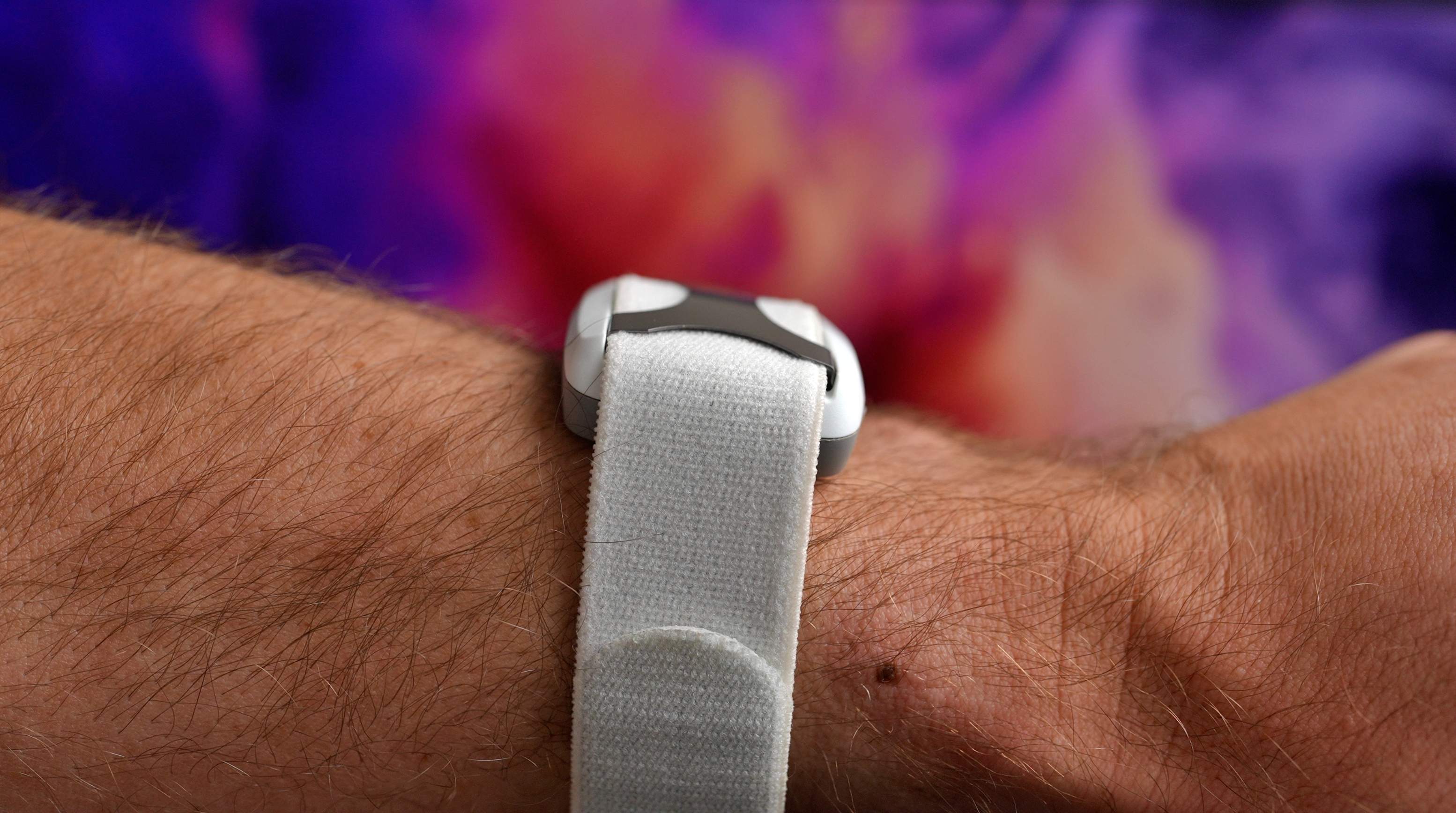
On the side of the Apollo Neuro are two buttons, which can be used to increase or decrease the intensity of the vibration. However, in order to turn it on, you will need to use the app or have an automatic schedule already set up.
While the app is easy to use and fairly straightforward, I did have some issues with the automatic scheduling. Sometimes it would start when scheduled, and other times, I would have to reopen the app to get it started.
The battery life lasts around two days, depending on how much it is used, at which point it will need to be charged via the micro USB charger that comes with it.

How does Apollo Neuro work?
Apollo Neuro is designed to lightly vibrate for several hours a day while you wear it on your arm or lower leg. The vibration helps signal your body into activating a more parasympathetic (or relaxed) state. The idea being that many of us, especially those who are more prone to stress, spend too much time in fight or flight, which can wreak havoc on our health.
According to Apollo Neuro, you can achieve significant results by using the vibrational programs on it for at least three hours a day, five days a week. The vast majority of this time is suggested for when you are winding down in the afternoon and when you are getting ready to go to sleep.
There are seven modes that you can choose from in the app, but the three I used the most were the:
- Energy and Wake Up Mode: which helps elevate your heart rate and help you feel alert first thing in the morning.
- Relax and Unwind Mode which helps you wind down in the afternoon.
- Sleep and Renew Mode: which is designed for use prior to and while going to sleep.
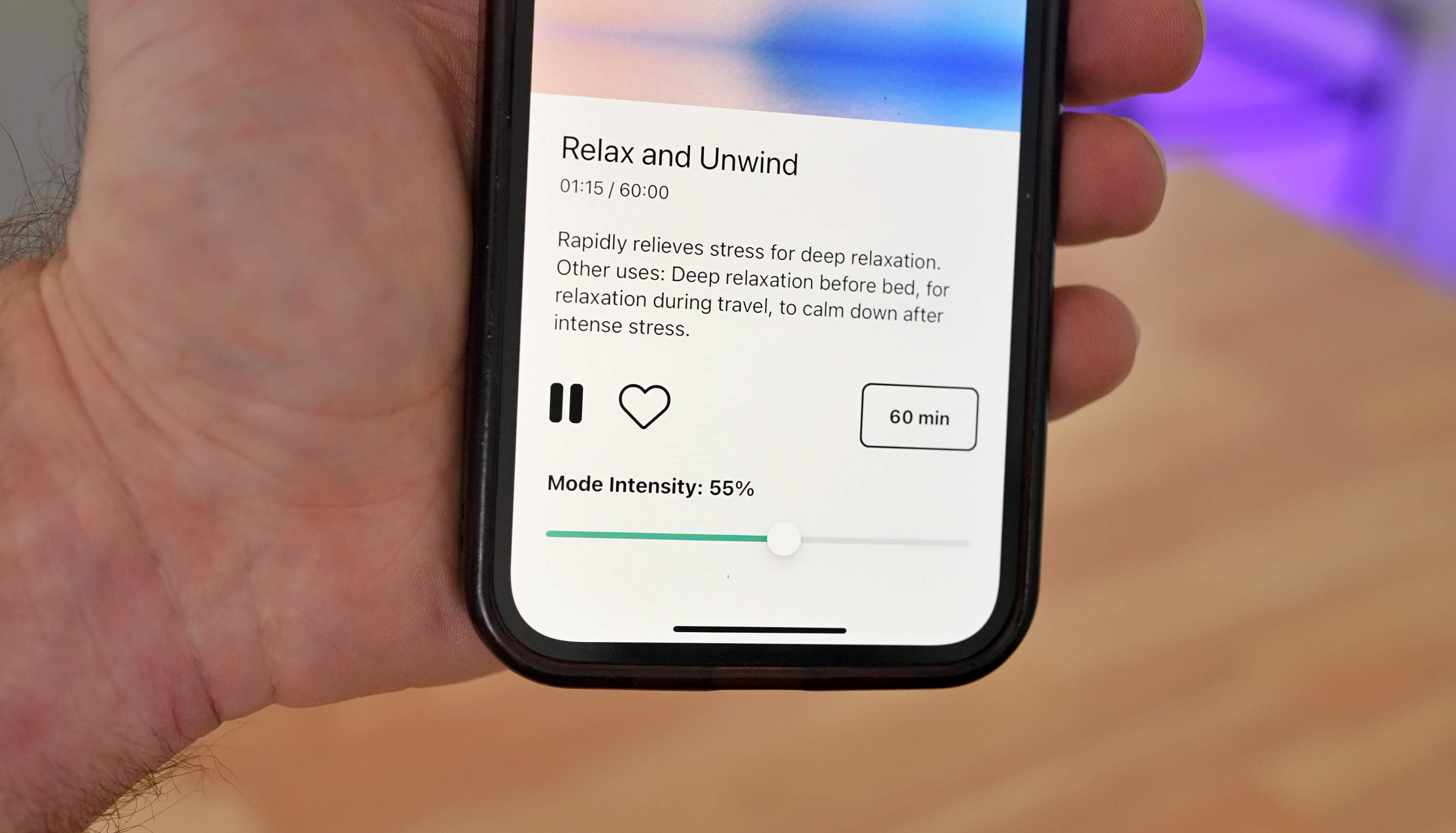
Does Apollo Neuro actually work?
To judge the effectiveness of Apollo Neuro, the biggest piece of data I wanted to evaluate was Heart Rate Variability (HRV). If Apollo Neuro is effective at activating the parasympathetic branch (relaxed) state of the nervous system, then this should be reflected with a higher HRV score.
Apollo Neuro does a pretty good job at making the research available, with breakdowns and links to each study available on their website. The vast majority of which do show improvements in participants’ HRV status, sleep, and perceived stress.
The largest study showed an average:
- 11% increase in HRV
- 19% increase in deep sleep
- 14% increase in REM sleep
- 4% decrease in resting heart rate
However, it should be noted that studies like this can be misleading as the participants were all volunteers who had already purchased both an Apollo Neuro and Oura Ring. So it is very possible some of these improvements were a placebo effect or other factors. So while the research is promising, there is still more that needs to be shown.
There are additional studies that also help show the effectiveness, some of which are discussed in more length in our video above.
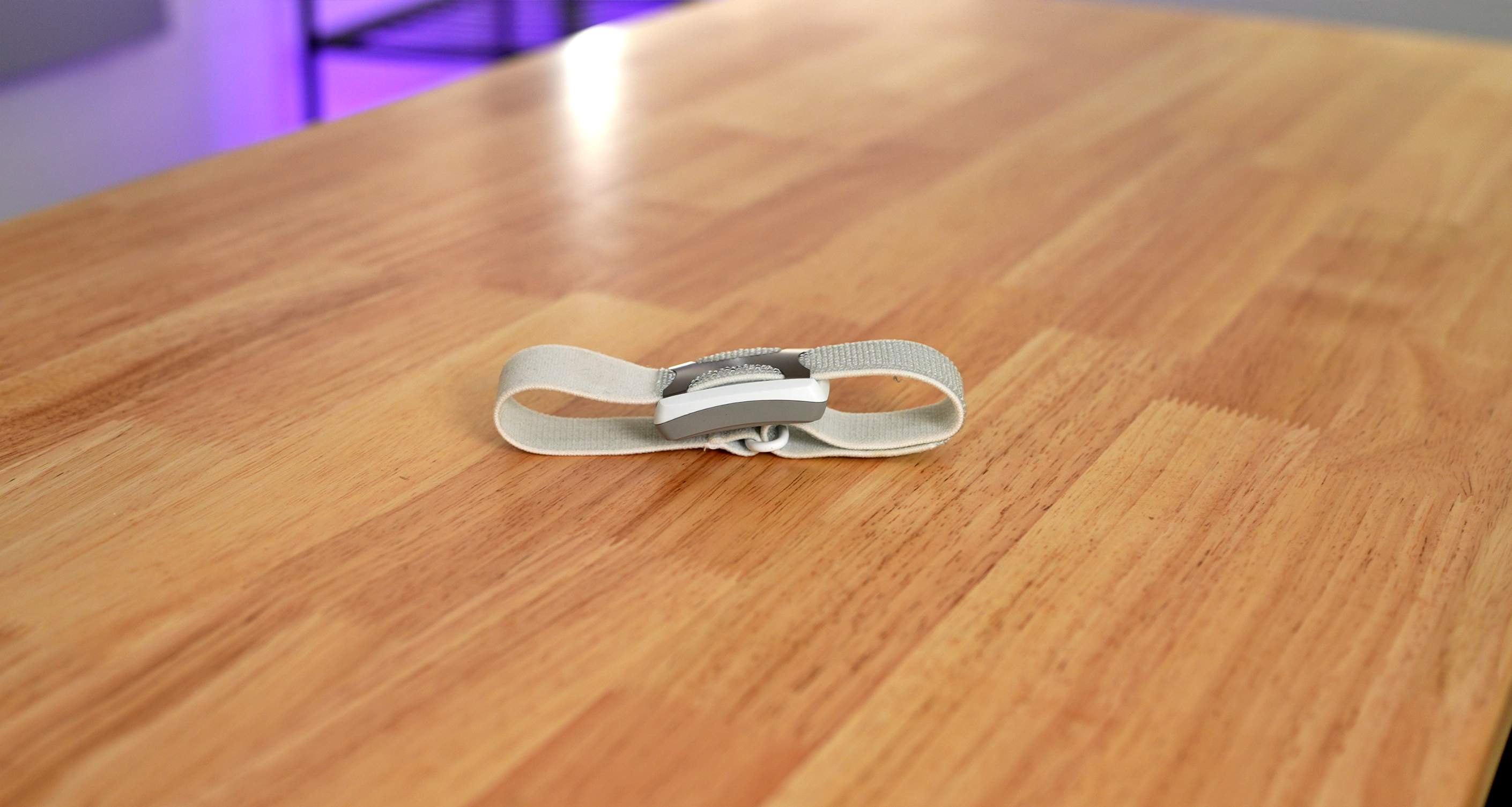
My experience
I used Apollo Neuro for over a month and followed the suggested three-plus hours a day for five-plus days a week. Subjectively, I did feel more calm while using it, especially when used on the wrist. The leg did not provide the same benefit, so I stopped placing it there after the first week.
Taking into account my training, sleep, time spent outside, cold therapy, and various other factors, my Apollo Neuro use correlated to a 2-3% increase in my own nightly HRV level.
Given that I consider myself a low-stress individual, the fact that I saw an over 2% increase in HRV is fairly significant. I can definitely see how this could be closer to a 10% improvement for someone who actually suffers from high stress.
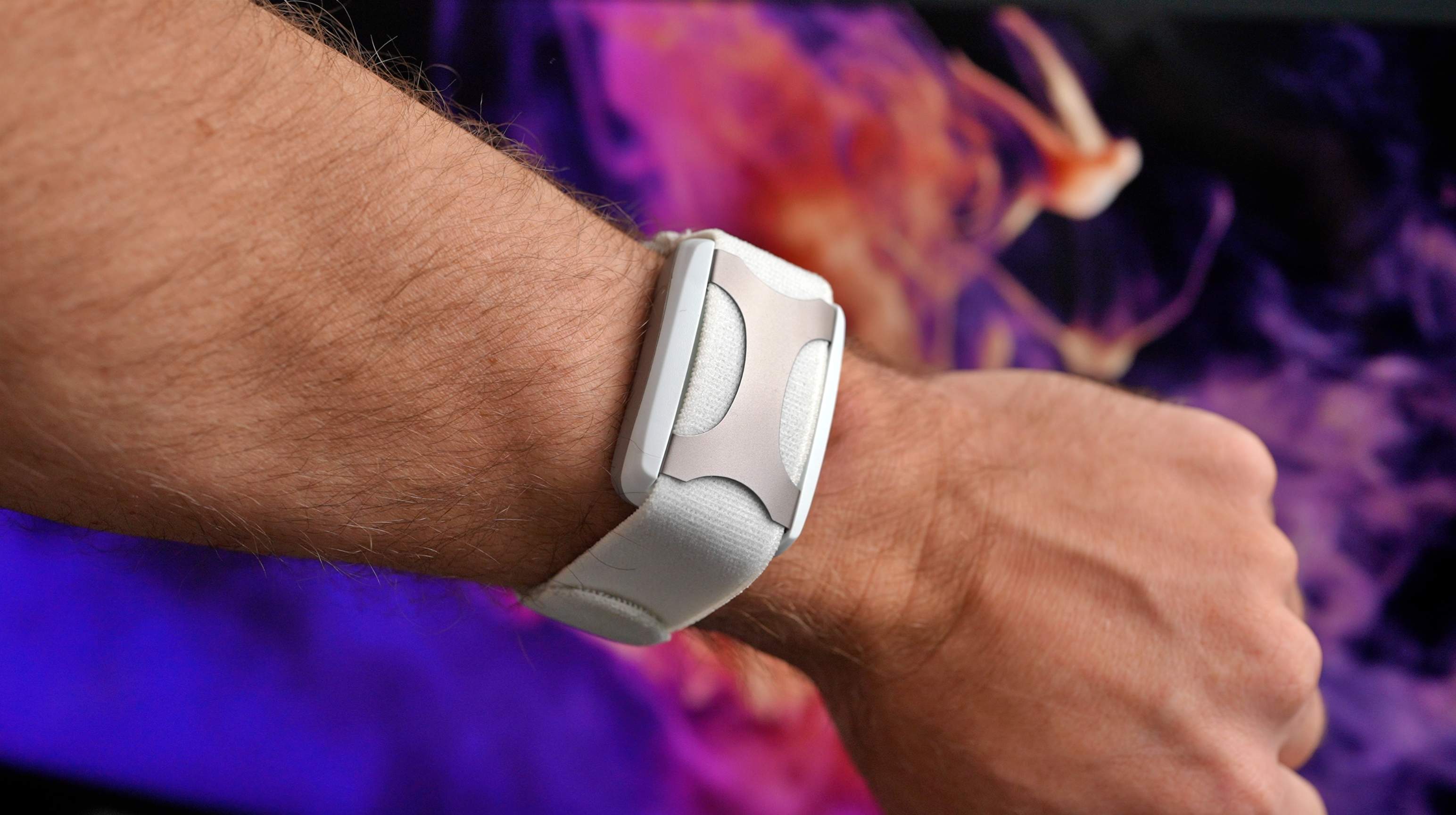
Is Apollo Neuro worth it?
So while N=1 here, based on my experience as well as combing through the studies, I think there’s a good chance that a lot of the claims Apollo Neuro makes may end up being accurate. More research needs to be done, and there are nine additional studies currently in ongoing clinical trials.
Given the $399 price of Apollo Neuro, I think you would need to see some fairly significant improvements to make it worth the actual cost. If you are someone who suffers from stress or anxiety, then I believe it could be well worth the investment.
Additional reading
- Oura Ring vs. WHOOP – here is how they compare in 2023!
- Four months later – I was wrong about the Apple Watch Ultra
- SOMNOX 2 review: Is the sleep robot worth it?
FTC: We use income earning auto affiliate links. More.


